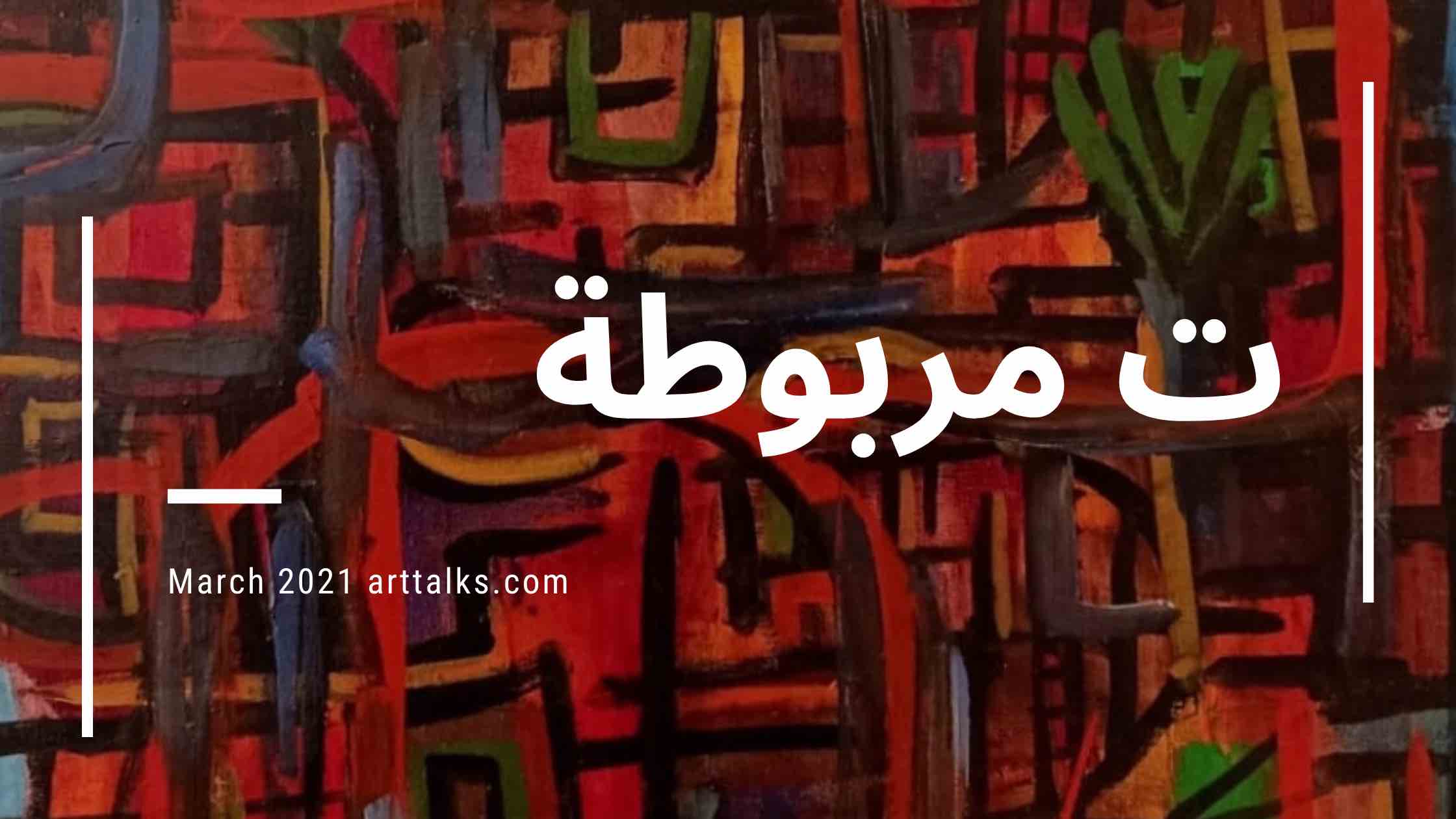
T-Marbouta – ت مربوطة – is the Arabic letter to specify a feminine noun. It also means tied, connected, attached.
T-Marbouta is a nod to 25 extraordinary women artists who defied conventions, pioneered art movements, fought for justice and women’s rights, and in the process, spoke on behalf of a nation.
Most of these women lived through a time of great change – the 1919 Revolution for a few, the long struggle for independence from British colonialism, World War II, the 1952 military Revolution, and for some, the 2011 Arab Spring.
This was a time when women’s role in society was also changing. Some were also writers, teachers, political activists, suffragettes, revolutionaries, poets and patriots. All were devoted to art. Forward-thinkers with an unshakable tenacity, they responded to the Nahda and helped redefine the national collective identity in a Muslim-majority severely gendered society under Western colonial rule.
Unlike Western peripheries, the canon of Egyptian art history never omits women. Egyptian female artists have been both present and accepted on equal terms with male artists without discrimination. Amy Nimr and Swiss-Austrian Cairo-born Margo Veillon were both included with oil paintings in the first catalogue published by the Museum of Modern Art in 1931, side by side three native male artists, Georges Sabbagh (1877-1951), Mahmoud bey Saïd (1897-1964) and Ahmed Sabry (1889-1955). In all editions of the various art salons held in Cairo and Alexandria or in exhibitions held abroad to represent Egypt such as the prestigious Venice Biennale, women artists were well represented, consistently filling in at least a third, at times half, of the invited artists. In his authoritative book, La Peinture Moderne en Égypte, the renowned art critic and university professor Aimé Azar has equally covered the contribution of Egyptian women artists. A number of women artists, such as Marguerite Nakhla, Effat Naghi, Tahia Halim, Inji Efflatoun, Gazbia Sirry and Zenab Abd El Hamid ultimately gained prominence that far surpassed their male colleagues using a variety of pioneering stylistic aesthetics to offer social commentaries.
Although many left Egypt in the mid-1950s, their artistic legacy needs to be revived, documented and remembered.
T-Marbouta is a timely tribute to celebrate their legacy and give them the recognition they deserve. Sought-after or forgotten, each artist, in her way, helped shape Egypt’s twentieth-century art in Egypt. Native Egyptian, Syro-Lebanese, Italian, Armenian, Swiss or Belgian, they all had one thing in common besides Egypt: They were bold pioneers.
In our efforts dedicated to illuminating the role of female artists and patrons who have contributed to the history of modern art in Egypt, we continue our quest to provide a more complete story of Egypt.